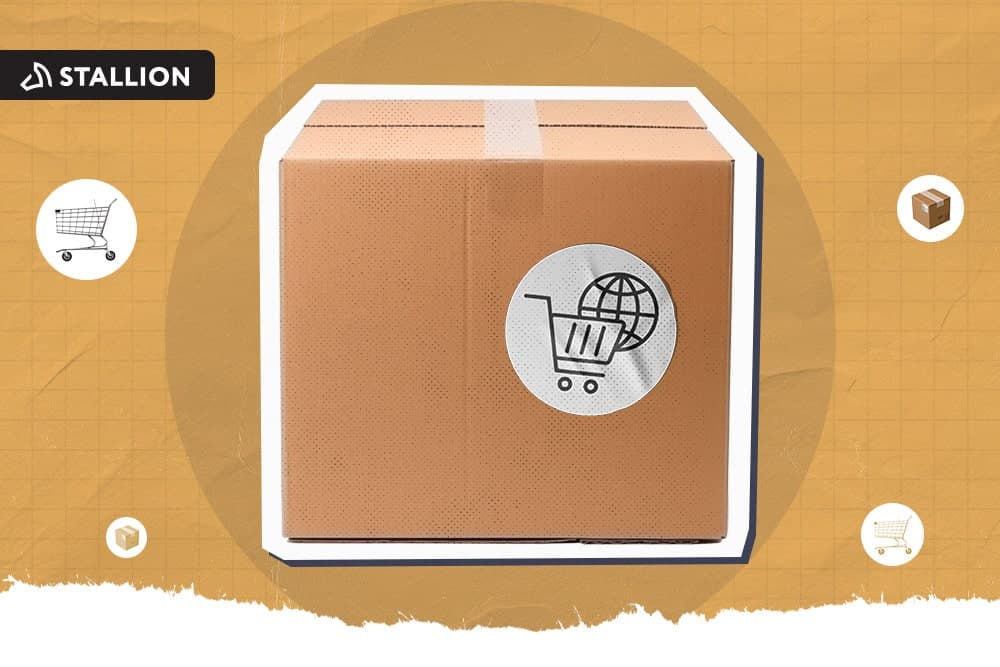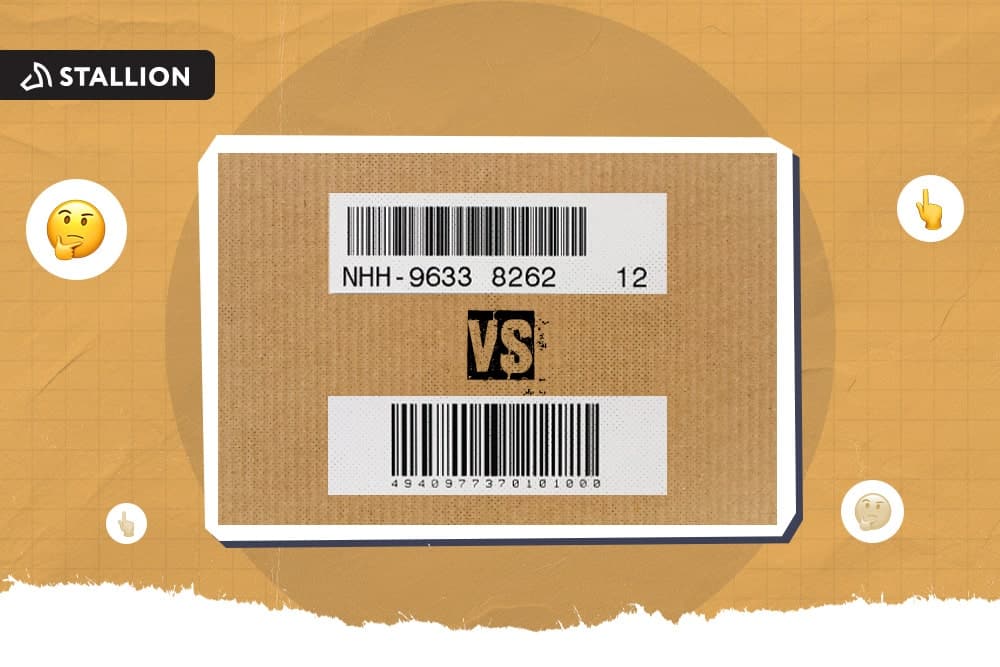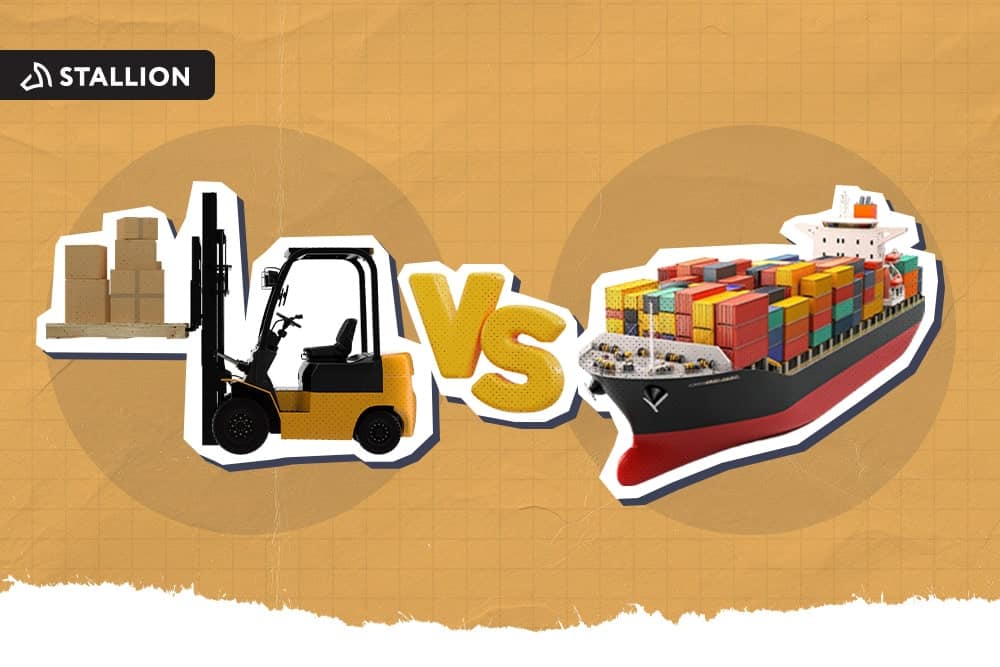
Did you know that shipping zones can affect shipping costs for eCommerce shipments? This is apart from other known factors, such as weight & size, distance in transit, and packaging. So if you think that shipping zones are only used to determine how far the destination is from the warehouse, think again because they play a crucial role in eCommerce shipping rates. Once you understand how it works, it can help your business save on shipment costs and provide better delivery times.
In this article, we're going to discuss the shipping zone, its importance in order fulfillment, and how it can reduce shipping costs for eCommerce shipments.
One of the details asked on the checkout page is the ZIP code. It is a piece of information used by mail and shipping companies to deliver items in the most efficient way. In calculating shipping costs for eCommerce shipments, couriers use the ZIP code to determine which shipping zone your address belongs to and how much they will be charging you.
The shipping zone consists of a group of ZIP codes. Courier companies assess it by the distance between origin and destination. For instance, the United States has eight shipping zones, which are divided by miles. The nearest is Zone 1 (0-50 miles), while the farthest is Zone 8 (1,801+ miles).
On the other hand, shipping zones in Canada differ from courier to courier. For example, in UPS, postal codes from A0A–A9Z fall under 711, 411, 511, 311, and 211 shipping zones. Please take note that each shipping company has its own shipping zone convention and rates.
When asked how to calculate shipping costs for eCommerce shipments, you usually just put the package's weight and dimension into the equation. However, shipping companies also calculate the distance from point A, the warehouse, to point B, the customer.
We've mentioned before that shipping companies have their own shipping zone rate matrix. Moreover, the rate varies based on the courier's services. So it would be best if you did your homework beforehand to find out which company offers the most affordable rates.
For example, if you are going to deliver a package in Newfoundland and Labrador, UPS offers five services as follows:
| Zone | |||||
| Destination Postal Codes | 711(Express Early) | 411(Express) | 511(Express Saver) | 311(Expedited) | 211(Standard) |
| Newfoundland and Labrador A0A–A9Z | $106.85 - 108.15 | $64.00 - 66.05 | $62.70 - 65.10 | $59.15 - 61.60 | $48.60 - 49.15 |
Note: Rates are for packages with a weight of up to 3 lb or up to 1.5 kg only. Except for shipping zone no. 211.
Based on the table above, we can surmise that UPS Standard® is the cheapest among the five, yet it will take one to two business days for the package to arrive. Take note that this is only for UPS. You must be diligent enough to compare all shipping companies to choose which one is the cheapest. Besides the distance, carriers factor in the weight of the shipment, as shown above.
For delivery times, the closer you ship, the shorter it takes to arrive, and vice versa. In this case, you have to strategize how you can shorten the delivery time without compromising the package's condition and the expected delivery time, unless the courier company offers speedy delivery services as an option, like what UPS does.
At first glance, it seems like shipping zones may harm your business in terms of cost and time. Is there a way to work it in my favor?
Remember the saying, “Don't put all your eggs in one basket?” This is how you should approach this matter. Let us put it this way. When you have fewer fulfillment centers, you will deal with higher shipping zones, which means more expensive shipping charges. But if you have multiple and strategically located fulfillment centers, you can target lower shipping zones, thus lower shipping charges.
Keep in mind that the shipping zone is a game of proximity and distance. So might as well have fulfillment centers in areas where your customers are mostly located. It is like following one of the golden rules in setting up a business: location, location, location.
Moreover, it improves each order's delivery speed because the distance between the fulfillment center and your customer's location is only within a nearby shipping zone.
This strategy also increases your chance to offer free shipping, which customers will always take advantage of when shopping online. You might also want to minimize the product's packaging because courier companies charge higher fees for bulky and heavy packages.
Now that you know the impact of shipping zones on the shipping costs for eCommerce stores, you must practice due diligence in researching the most affordable shipping rates out there. This will help you save more money, time, and resources. It would be better to tap the help of a 3PL (third-party logistics) provider since they have a connection to a network of reliable carriers that offer low-priced shipping services.
Are shipping costs for eCommerce shipments deterring you from offering free and fast shipping for your customers? Stallion Express has a range of shipping solutions perfect for new and experienced online sellers alike. For inquiries, you can call +1 877-863-7447 or email [email protected].



Can our fellow Torontonians relate?
-
#smallbusiness #business #entrepreneur #socialmedia #shipping #ecommerce #canadianecommerce #shopify #poshmark #b2b #saas #etsy #ebay #canada #canadiansmallbusiness #shoplocalcanada #entrepreneur
#toronto

Here’s your quick hassle free shipping from 🇨🇦 to 🇺🇸 as a business owner!
-
Any questions?! Leave them 👇🏻 and save this video so you don’t forget!
-
#smallbusiness #business #entrepreneur #socialmedia #shipping #ecommerce #canadianecommerce #shopify #poshmark #b2b #saas #etsy #ebay #canada #canadiansmallbusiness #shoplocalcanada #entrepreneur

Meet @drinkbenny a 🇨🇦 female founded energy drink brand! Instead of focusing on their products, they’re taking a unique approach by hosting in person events in different Canadian cities to offer an experience for their community 🧡
-
What are your thoughts on in person events? 💭
-
#smallbusiness #business #entrepreneur #socialmedia #shipping #ecommerce #canadianecommerce #shopify #poshmark #b2b #saas #etsy #ebay #canada #canadiansmallbusiness #shoplocalcanada #entrepreneur

Do you know the difference between DDU and DDP when shipping internationally 🌏 ?
-
Questions? Leave them below! 👇🏻
-
#smallbusiness #business #entrepreneur #socialmedia #shipping #ecommerce #canadianecommerce #shopify #poshmark #b2b #saas #etsy #ebay #canada #canadiansmallbusiness #shoplocalcanada #entrepreneur

Here’s a quick hack to save time from choosing multiple postage options
↪️ Turn on the lowest postage rate automation to save you time!
-
Questions? Leave them below! 👇🏻
-
#smallbusiness #business #entrepreneur #socialmedia #shipping #ecommerce #canadianecommerce #shopify #poshmark #b2b #saas #etsy #ebay #canada #canadiansmallbusiness #shoplocalcanada #entrepreneur
